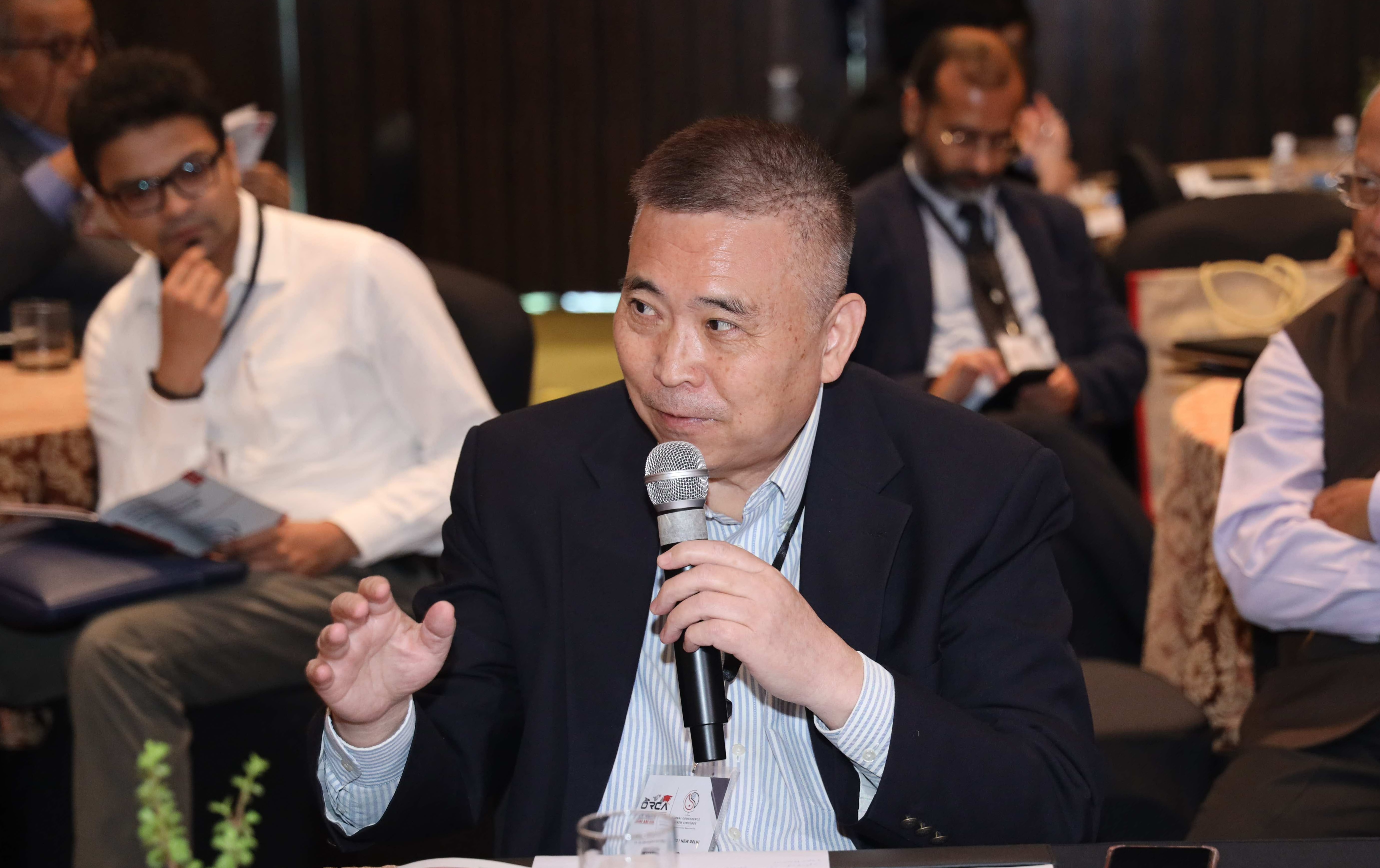From the middle to late 1980s, Deng Xiaoping required the People’s Liberation Army (PLA) to make the “strategic transition” from preparing for “early, total and nuclear war” against a possible Soviet invasion of China to “peacetime army building” with an eye towards preparing to fight and win “local wars” on the peripheries of China. Deng also replaced Mao’s notion of “war and revolution” with “peace and development” and wanted to shift economic resources away from the military to civilian development. As a result, he downsized the PLA by a million billets and substantially reduced the defence budget.
To make up for the shortfalls in military expenditure, Deng asked the PLA to “be patient.” He allowed the PLA to go into civilian businesses, leading to critical ramifications including rampant military corruption, which can still be felt today.
Major new weapons programs had also been cancelled. For lack of funding, China’s military-industrial complex had to engage in defence conversation, or converting productive capacities from making military products to civilian ones. Such dire situations had not fundamentally been reversed until after the 1996 Taiwan Strait crisis and the 1999 US bombing of the Chinese embassy in Belgrade.
Another major flaw of China’s military-industrial complex is the influence of the legacy of the Soviet development model, including the traditional separation and isolation of the defence and economic sectors and lack of collateral interactions between the two. Such a structure implies that the state must allocate resources separately to develop the two sectors – one military and one civilian - leading to redundancy and high cost.
Xi’s civil-military fusion policy is intended to correct this flaw by enabling the “rational inter-flow and optimal use” of factors of production such as information, technologies, human resources, financial capital, facilities, management, standards and services across major industrial, science, technology and infrastructure sectors where there is traditionally a separation of civilian and military developments.
Such fusion helps to avoid redundant development of functionally similar and dually usable resources, leading to an optimal condition where “a single input can produce two outputs and multiple benefits.” This fusion also enables the PLA to leverage comparative advantages of the civilian sector such as in science and technologies and in higher education to “spin on” to serve military needs. It also helps to avoid the “crowding-out effects” on the civilian sector stemming from the increased allocation of resources to defence by imbedding the military needs in the civilian sector and optimising the use of defence expenditures by sharing risks and cutting costs. Finally, the high and new technologies of the PLA can be utilised to generate “spin-off” benefits to improve civilian industries and technologies, contributing to enhanced rate and quality of civilian economic and technological growth.
Major progress has been made in “niche” technologies related to small satellites, surveillance, and drones because of the fusion policy, but there are major challenges. China’s state sector dominance, for instance, may not allow more space for a more flexible fusion policy. Comparing China’s approaches to those of the U.S. therefore may inflate expectations that may cause future frustration. With the influx of private contractors into the defence sector, “moral hazard” has become a major issue. There is also the concern about the increasing reliance of the PLA on outsourcing critical military demands to the private sector, which may contribute to the vulnerabilities of the PLA stemming from its overdependence on private suppliers of “core” military technologies.
These remarks were presented by Dr Li Nan at ORCA's Global Conference on New Sinology (GCNS), 2023.



Author
Dr. Li Nan
Dr. Li Nan is Visiting Senior Research Fellow at the East Asian Institute, National University of Singapore. He has published extensively on Chinese security and military policy and on China’s maritime development. His most recent book, entitled Civil-Military Relations in Post-Deng China: From Symbiosis to Quasi-Institutionalization, was published by Palgrave Macmillan in 2021. He was a professor at the US Naval War College and received a PhD in political science from the Johns Hopkins University.